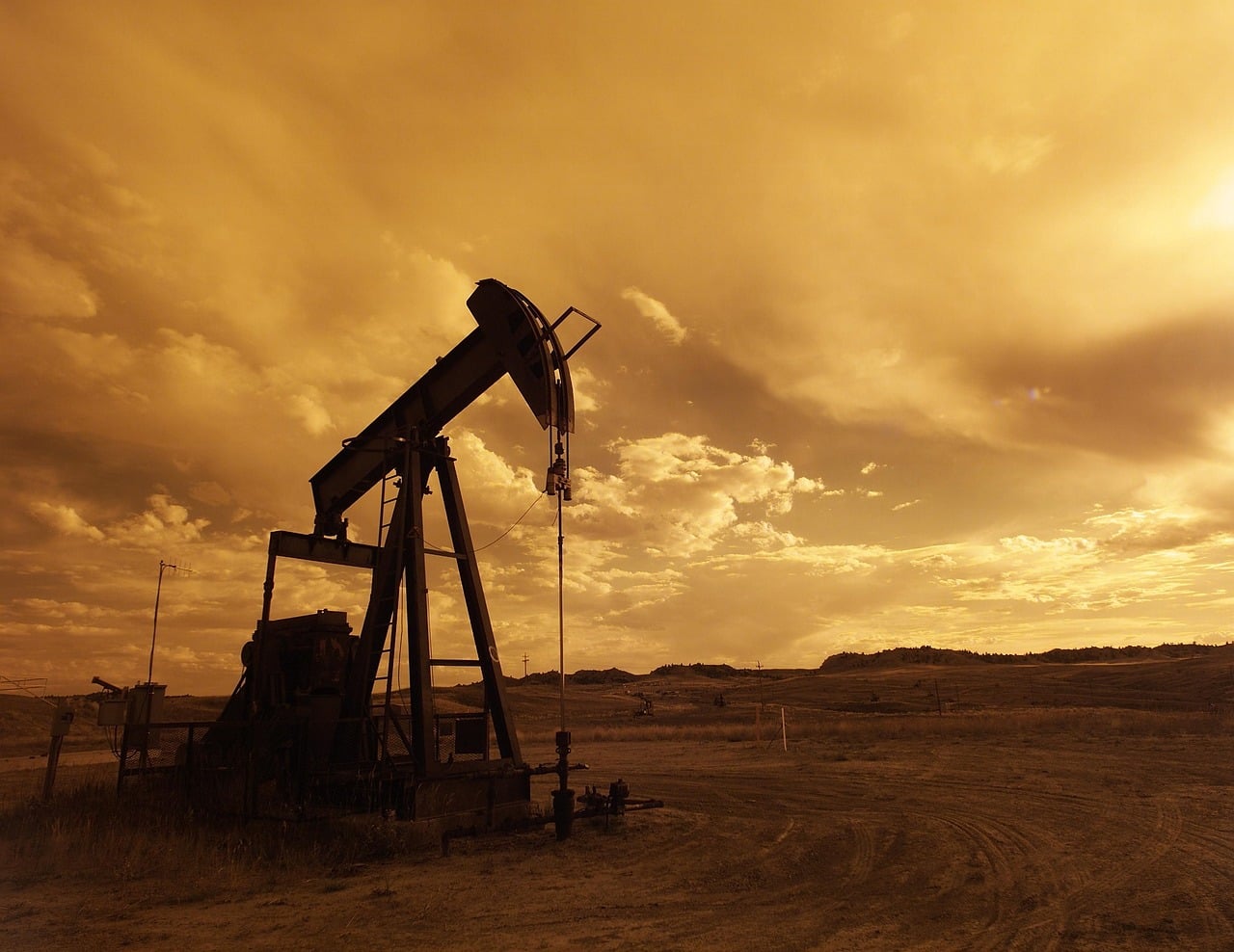Campaigners Call On UNESCO To Protect World Heritage Sites From Fossil Fuel Developments
Tonny Nowshin from Bangladesh and Ruikya Khamis from Kenya are travelling with representatives from their communities to the 43rd session of the World Heritage Committee being held in Baku, Azerbaijan from 30 June to 10 July 2019.
They are demanding that UNESCO provides better protection for two of its sites under threat from the development of polluting coal-fired power stations. Save Lamu and The National Committee to Save the Sundarbans have been leading the movement on the ground for years, mobilizing concerned citizens from the affected communities in Kenya and Bangladesh.
Q1 hedge fund letters, conference, scoops etc
“We are here to ask the UNESCO World Heritage Committee (WHC) to do what’s right to protect the Sundarbans and Lamu old-town and to make it clear that building of these power stations will destroy our natural heritage by declaring them endangered sites.” Tonny Nowshin, activist, and 350 organizer.
The Lamu project is a potential 1,050 MW coal-fired thermal power station in Kenya that will be built alongside Lamu Town, a 14th-century fishing village. Although the developers, Amu Power had their licence cancelled in a momentous court ruling on 26th June, local communities fear that this will be a temporary delay whilst the company undertake new environmental and social impact assessments. Considered the cradle of Swahili Islamic culture, Lamu is a UNESCO Heritage site that retains much of its multicultural heritage, a rich tapestry of African, Arab, and Indian traditions. The Lamu Archipelago’s unique biodiversity has also, for the most part, been left untouched, preserving its sense of paradise for tourists and locals.
In Bangladesh, the government construction works on the Rampal coal-fired power plant are moving forward. The Rampal project is a 1320 Megawatt coal power station in the Sundarbans forest — a UNESCO heritage site and home to the endangered Royal Bengal tiger and Gangetic river dolphins. Sundarbans is the world’s largest mangrove forest, running through India and Bangladesh. It forms a crucial natural defense against cyclones but now the Rampal coal power station threatens its existence. To date, around 1.7 million signatures have been collected through different petitions urging the authorities- including the UNESCO and the WHC- to take action to protect the Sundarbans
“The construction of the Lamu coal plant would increase Kenyan greenhouse gas emissions by 700%. It is even more inconceivable since Kenya has never produced coal or generated coal-based electricity. Why burn coal when it has been proven time and time again that renewable sources such as geothermal, solar and wind could fulfill our development needs without harming our common heritage ” comments Samia Omar, member of the Board of the DeCOALonize coalition, in Kenya.
“Communities draw their livelihoods from these landscapes, whether through family fishing and small scale farming, or through tourism. We have built a sustainable relationship with these ecosystems, and protected those for centuries. These 2 coal power stations, promoted by foreign companies in Bangladesh as well as in Kenya, will just destroy this fragile balance, and our lives.” Tonny Nowshin
Both Bangladesh and Kenya are extremely vulnerable to climate breakdown. The climate crisis is adversely affecting Kenya through increased temperatures, erratic rainfall, and drought. In Bangladesh as conditions intensify under climate change, more people are being driven from their homes and land by more frequent and severe hazards. Sea level rise, storms, cyclones, drought, erosion, landslides, flooding and salinization are already displacing large numbers of people.
We need to keep fossil fuels in the ground to ensure that we stay below 1.5C degrees in order to avoid catastrophic climate breakdown” adds Tonny Nowshin.
“Our world is on fire and it is the future generations that will have to mop up the mess that has been created. There is an opportunity here for UNESCO to protect our cultural and natural heritage threatened with destruction by damaging fossil fuel developments. We are asking them to take it.” Rukiya Khamis





